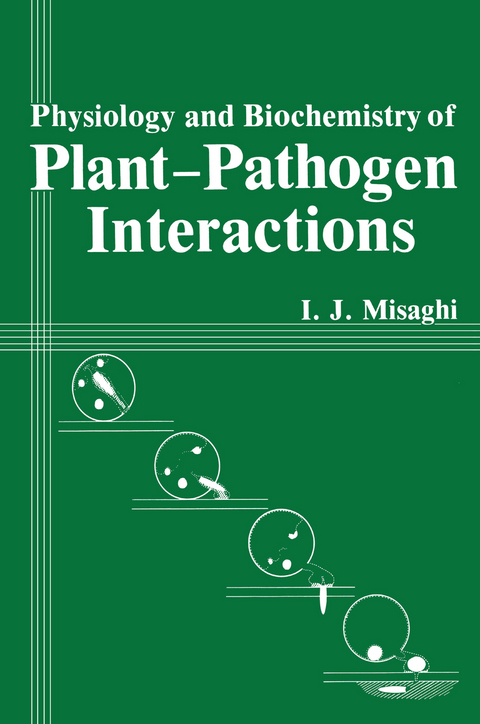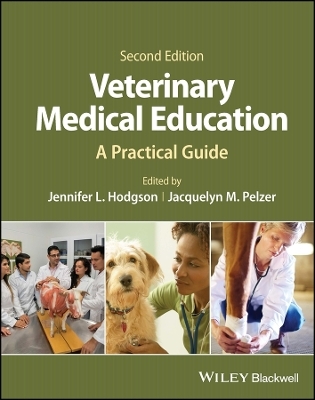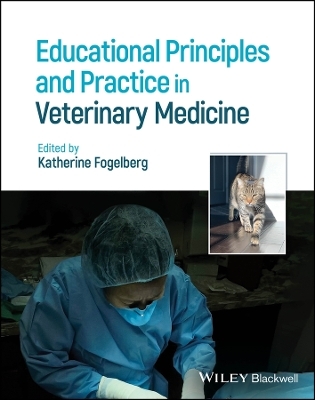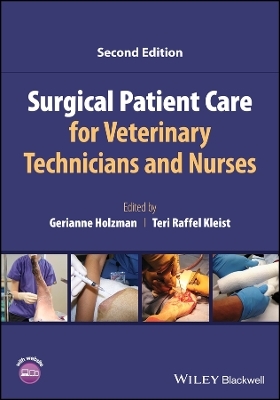
Physiology and Biochemistry of Plant-Pathogen Interactions
Springer-Verlag New York Inc.
978-1-4684-1151-5 (ISBN)
1 Definition.- I. Introduction.- II. Definition of a Few Terms.- 2 Attraction to and Penetration of Plants by Pathogens.- I. Introduction.- II. Attraction of Pathogens to Plants.- III. Penetration.- IV. Factors Influencing Attraction, Penetration, and Infection Processes.- 3 The Role of Pathogen-Produced Cell-Wall-Degrading Enzymes in Pathogenesis.- I. Introduction.- II. Structure and Chemistry of the Cell Wall.- III. Pathogen-Produced Cell-Wall-Degrading Enzymes.- 4 The Role of Pathogen-Produced Toxins in Pathogenesis.- I. Introduction.- II. Definition and Classification of Pathogen-Produced Toxins.- III. Toxin Categories.- IV. Evaluation of the Criteria Used to Establish the Role of Toxins in Pathogenesis.- V. Host-Selective Toxins.- VI. Nonselective Toxins.- VII. Mode of Action of Toxins.- VIII. Toxin Binding Sites.- IX. Mechanism of Plant Resistance to Toxin-Producing Pathogens.- 5 Alterations in Permeability Caused by Disease.- I. Introduction.- II. Composition and Structure of Membranes.- III. Cell Permeability Theories.- IV. Changes in Cell Permeability Caused by Disease.- V. Mechanisms of Permeability Changes in Diseased Plants.- 6 Alterations in Water Relations Caused by Disease.- I. Introduction.- II. Definition of a Few Terms.- III. Water Movement in Plants.- IV. Transpiration.- V. Disruption of Membrane Permeability in Leaf Cells by Pathogen-Produced Substances.- VI. Water Potential and Disease Severity.- VII. Assessment of the Nature of Water Relations Changes in Diseased Plants.- 7 Disease-Induced Alterations in Carbohydrate Metabolism.- I. Introduction.- II. Disease-Induced Alterations in Photosynthesis.- III. Mechanism of Disease-Induced Alterations in Photosynthesis.- IV. Disease-Induced Alterations in Transport of Photoassimilates.- V. Mechanism of Disease-Induced Alterations in Photoassimilate Transport.- VI. Disease-Induced Increases in Respiration.- VII. Mechanism of Disease-Induced Increases in Respiration.- VIII. Regulation of Carbohydrate Metabolism.- IX. Significance of Disease-Induced Alterations in Respiration.- X. Future Studies.- 8 Pathological Alterations in Transcription and Translation.- I. Introduction.- II. Disease-Induced Alterations in Transcription.- III. Disease-Induced Alterations in Translation.- IV. Conclusions.- 9 Alterations in Phenol Metabolism Caused by Disease.- I. Introduction.- II. Biosynthetic Pathways of Phenolic Compounds.- III. Disease-Induced Alterations in Phenol Metabolism.- 10 Growth Regulator Imbalance in Plant Disease.- I. Introduction.- II. Known Growth Regulators.- III. Pathogen-Produced Toxins with Growth Regulator Activity.- IV. Involvement of Growth Regulators in Certain Disease-Induced Abnormalities.- V. Mechanisms of Change in Indoleacetic Acid Content of Diseased Tissue.- VI. Influence of Growth Regulators on the Outcome of Disease Reaction.- VII. Limitations of Growth Regulator Studies.- VIII. Discussion.- 11 Crown Gall Tumor Formation.- I. Introduction.- II. The Bacterium.- III. Physiology of Crown Gall Tumor.- IV. Tumor Development.- V. Relations among Bacterial Plasmids.- VI. Mechanism of Transformation.- VII. Identification of Plasmid and Chromosomal Genes Involved in Oncogenicity.- VIII. Tumor Reversal.- 12 Mechanism of Disease Resistance.- I. Introduction.- II. Preformed Resistance Factors—Structural Features.- III. Preformed Resistance Factors—Preformed Antimicrobial Substances.- IV. Infection-Induced Resistance Factors—Physical Features.- V. Infection-Induced Resistance Factors—Chemical Features.- VI. The Dynamic and Coordinated Nature of Resistance.-13 Induced Resistance.- I. Introduction.- II. Induced Resistance to Fungi.- III. Induced Resistance to Bacteria.- IV. Induced Resistance to Viruses.- V. Induced Resistance to Viroids.- VI. Some Features of Induced Resistance.- 14 Specificity in Plant-Pathogen Interactions.- I. Introduction.- II. Mechanisms of Specificity.- Some Useful Books.- References.
| Erscheint lt. Verlag | 16.2.2012 |
|---|---|
| Zusatzinfo | 4 Illustrations, black and white; 304 p. 4 illus. |
| Verlagsort | New York, NY |
| Sprache | englisch |
| Maße | 152 x 229 mm |
| Themenwelt | Veterinärmedizin |
| ISBN-10 | 1-4684-1151-9 / 1468411519 |
| ISBN-13 | 978-1-4684-1151-5 / 9781468411515 |
| Zustand | Neuware |
| Haben Sie eine Frage zum Produkt? |
aus dem Bereich


